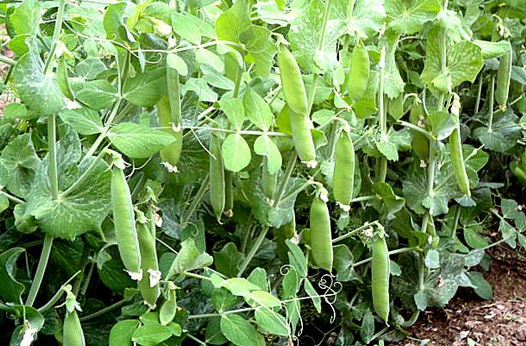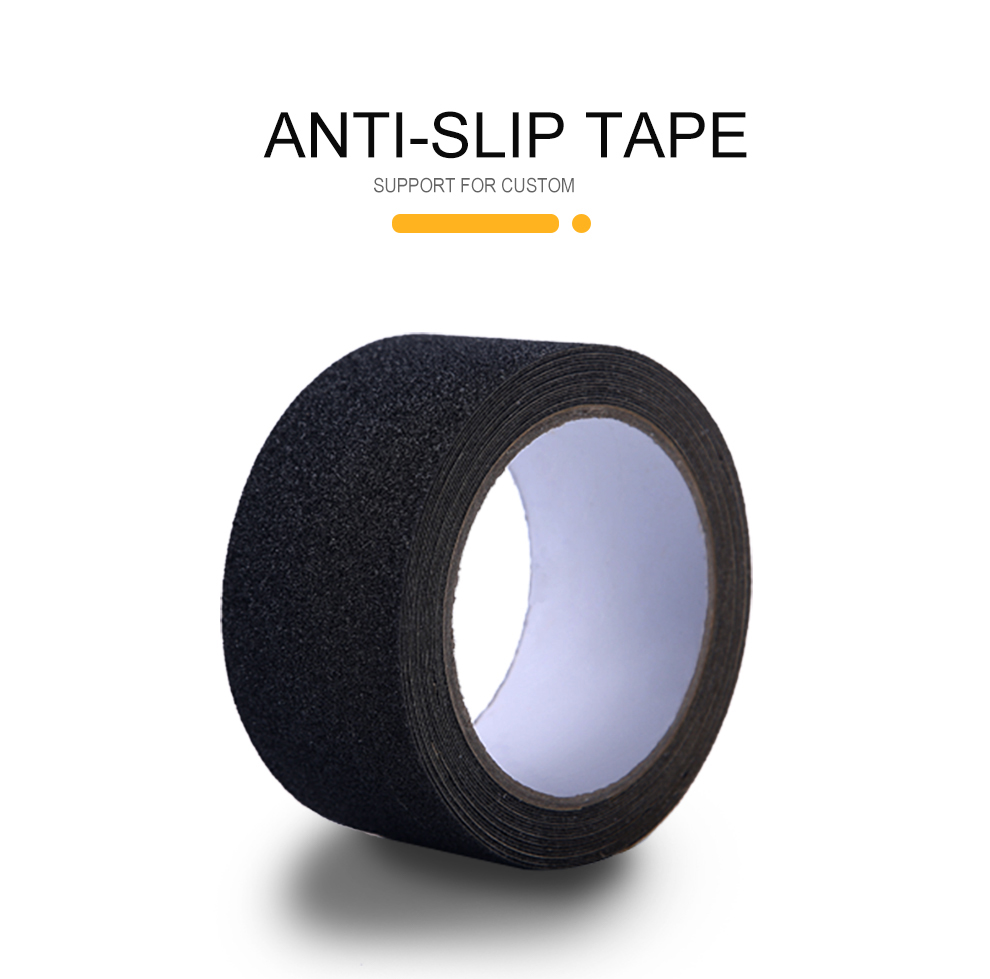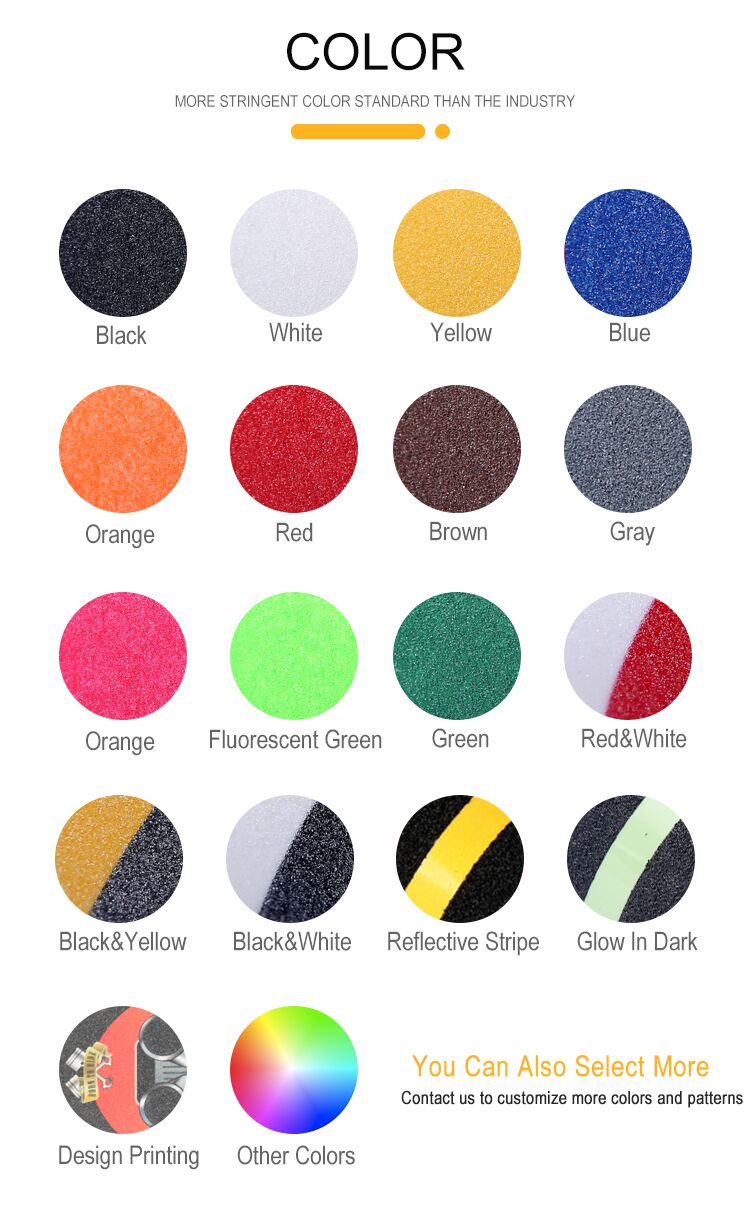Peas factory production management technology
1. Temperature peas are semi-hardy vegetables, prefer a warm and humid climate, not resistant to heat and dryness. The cold tolerance of round peas is stronger than that of peas. Seeds germinated in the initial temperature of 1~2 °C, wrinkled seeds are 3 ~ 5 ° C, but the seeds germinated slowly at low temperatures, and at 16 ~ 18 ° C, 4 to 6 days can emerge. The seedlings have strong cold tolerance and can tolerate low temperatures of -4 to -5 °C. The suitable temperature at the seedling stage is 15-20 °C, the temperature is high, especially the night temperature is high, the flower bud differentiation node is high, and the flowering pods are delayed. The minimum temperature for flowering is 8 to 12 ° C, and the optimum temperature for flowering and pod formation is 15 to 18 ° C. Pea flowers and tender pods are not resistant to low temperatures, and if they fall to 3 to 5 ° C, they will be frozen. In the case of high temperature and drought and windy weather, the flowering pods are prone to abortion of flower organs, fewer pods, increased flowering and malformed pods, and increased disease. The pod ripening stage requires 18 to 20 °C. High temperature and drought, the fibers in the pods harden in advance, prematurely mature, and the yield and quality will decrease.
2. Most of the varieties of light peas are long-day crops, which bloom well when the early summer is getting longer. Northern species are more sensitive to light than southern species. Therefore, the introduction of southern species into the north will flower and pod in advance. Sunlight and temperature have an effect on the pedigree branching. Generally, long-day sunshine and high temperature promote the elongation of the main stem, but it is not conducive to the occurrence of the lower node side branch; short daylight and low temperature are not conducive to the main stem elongation, and Conducive to the occurrence of low-node side branches. Therefore, the later the autumn broadcast, the lower the number of branches, the lower the number of branches, the earlier the opposite.
3. Moisture peas are wet, and their drought resistance is not as good as other beans and vegetables such as kidney beans and cowpeas. During the growth period, when the relative humidity of the air is about 75%, and the relative water content of the soil is about 70%, the plant grows well. Peas are not resistant to rain. When the soil water in the field is deficient in oxygen, the root respiration is blocked, causing the plant to prematurely decay and even die. In case of rainy weather, it is easy to induce root rot and powdery mildew.
There are differences in water requirements between peas at various growth stages. During the germination process, it should absorb 1~1.5 times of the water equivalent to the weight of the seed itself. If the soil moisture is insufficient, the seedlings will be delayed and the seedlings will be uneven. The soil is too wet and easily rotted. Seedlings have a certain ability to withstand drought, and proper water control is conducive to rooting and strong seedlings. The flowering and pod-forming period requires a large amount of water. The relative humidity of the air is preferably 60% to 80%, and more than 90% or less than 30% will seriously affect flowering and pod formation. Especially the high temperature and low humidity air conditions are the most unfavorable for flower development. If the soil is too dry, the fertilization is poor, and the empty pods and pods are increased, which reduces the yield and quality.

Soil peas have a wide adaptability to soil, and the requirements for soil quality are not high. The sandy loam and loam, which are rich in water retention and good in ventilation, are most suitable for organic matter. Rhizobium is suitable for activity in soils that are neutral to slightly acidic. If the acidity of the soil is too large, the rhizobium is not active, which often leads to hypoxia, which hinders the growth of the plant. It is short and thin, and the leaves and leaves are yellow, easy to prematurely decay, and flowering and pods are reduced. Production can be improved by adding an appropriate amount of lime.
5. Rhizobium in the roots of nutrient peas can fix nitrogen, so there is less demand for nitrogen fertilizer. However, the plantlets have few nodules and weak nitrogen fixation ability. Applying a small amount of nitrogen fertilizer can promote the seedlings to be robust. The growth and development of the flowering and pod-forming period also needs to be supplemented with a certain amount of nitrogen fertilizer to facilitate flower bud differentiation, increase the number of effective branches and double pods, promote pod and grain development, and thus increase yield. Peas have a large demand for phosphorus and potassium fertilizer. Supplying sufficient phosphorus during the growth period can promote root nodule growth. The absorption of phosphorus increased rapidly after the plants entered the flowering and pod-forming stage, reaching a peak 15 to 16 days after flowering. The phosphate fertilizer is insufficient, the plant is short, the main stem branches are reduced, the flowers are less, and the pods are late. The demand for potassium in plants also increased rapidly after flowering, and the peak period was 31 to 33 days after flowering, which was later than phosphorus. The absorption of calcium by peas peaks during the rapid elongation of the tender pods. Calcium can improve the disease resistance of the plants and prevent the leaves from falling off. Pea is sensitive to the reaction of trace elements boron and molybdenum. Both of these elements promote the formation and growth of nodule and improve the ability of nitrogen fixation. Foliar application of 0.3% to 0.5% borax or 0.01% to 0.05% ammonium molybdate solution can supplement the deficiency of boron and molybdenum in the plant.
PVC Anti Slip Tape
We are professional manufacturer of anti slip tape with 16 years` experience. Our anti slip tape is based on PVC or PET material, coated with premium solvent acrylic adhesive, planted with selected corundum, emery grit, aluminum oxide or glass sand. PVC anti slip tape is the most widely used and cost-effective. The PVC base material is soft and strong, can adhere to the floor tightly. Thickness is 0.75mm, 25% thicker than general anti slip tapes from other factories. It`s also waterproof, can be used in many wet and smooth places to resist people from skidding.





anti slip tape,anti slip grip tape,anti-slip tape,tape anti slip,anti slip tape for stairs
Kunshan Jieyudeng Intelligent Technology Co., Ltd. , https://www.yuhuanptapes.com